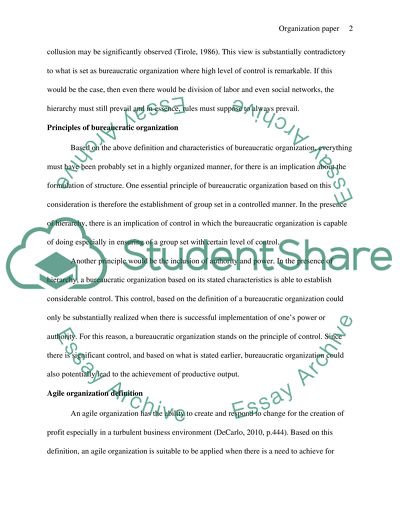Cite this document
(“Bureaucratic organization definition Research Paper”, n.d.)
Retrieved from https://studentshare.org/law/1463815-bureaucratic-organization-definition
Retrieved from https://studentshare.org/law/1463815-bureaucratic-organization-definition
(Bureaucratic Organization Definition Research Paper)
https://studentshare.org/law/1463815-bureaucratic-organization-definition.
https://studentshare.org/law/1463815-bureaucratic-organization-definition.
“Bureaucratic Organization Definition Research Paper”, n.d. https://studentshare.org/law/1463815-bureaucratic-organization-definition.


